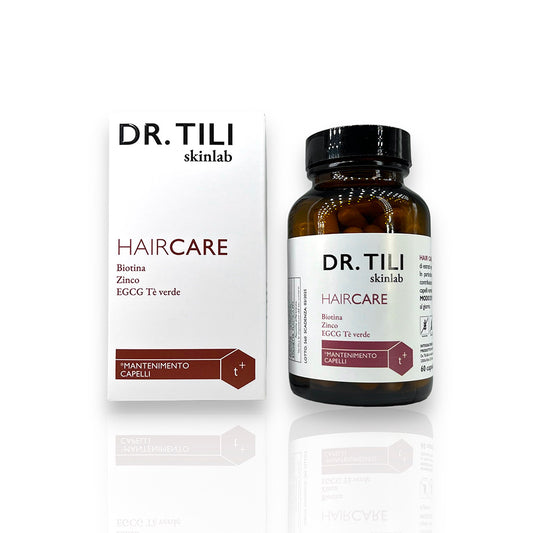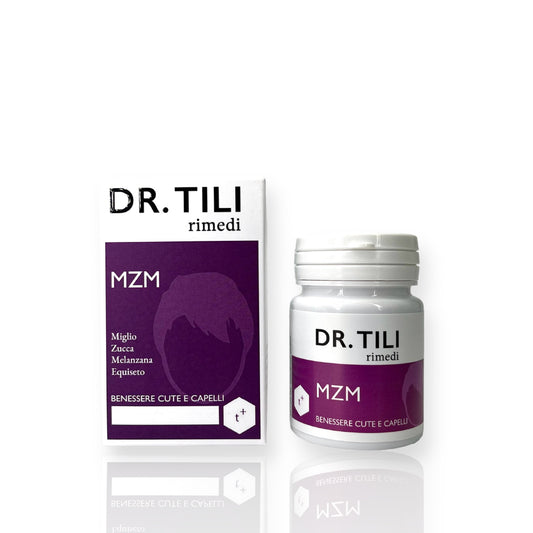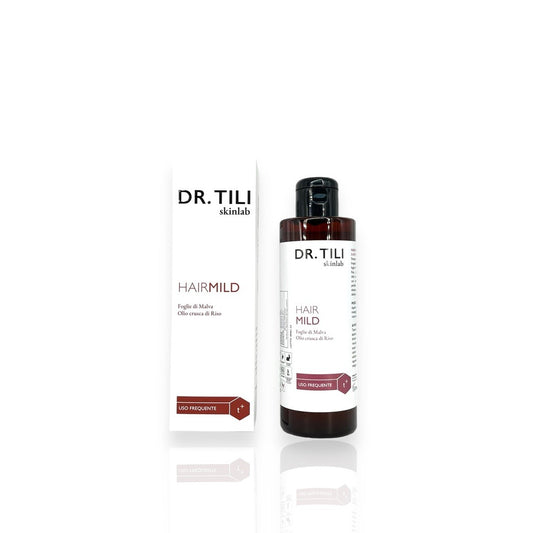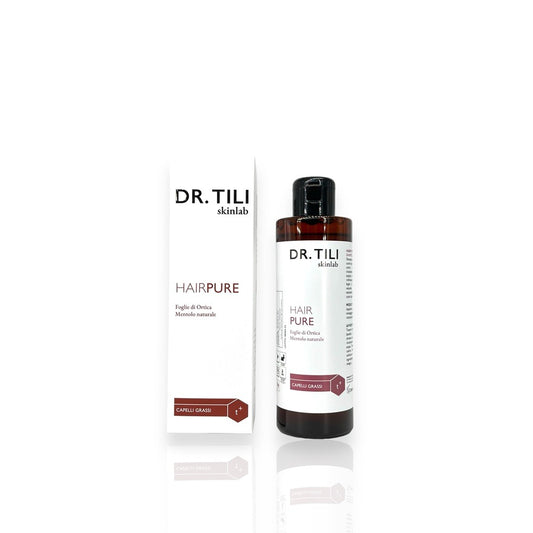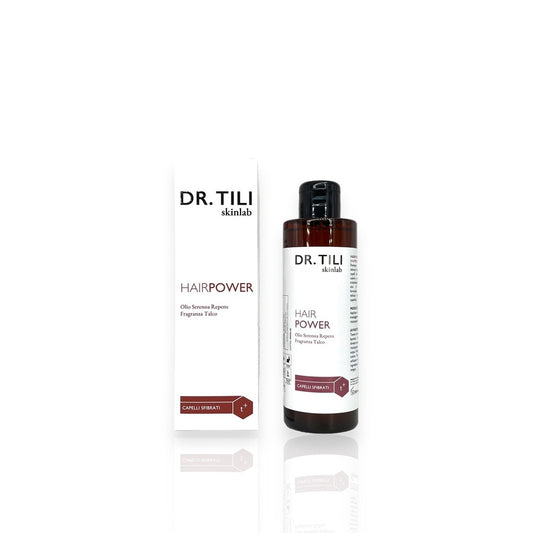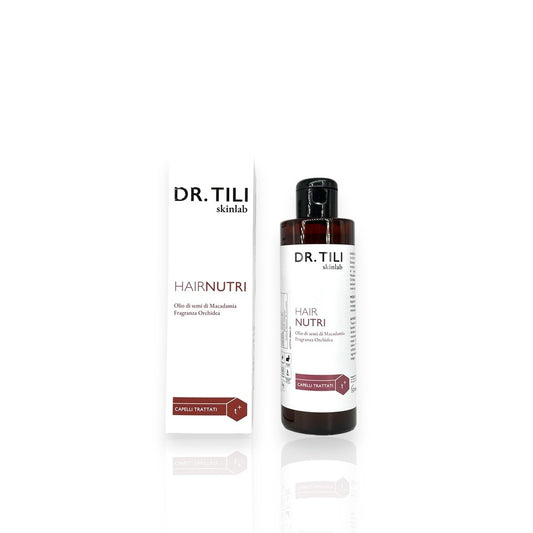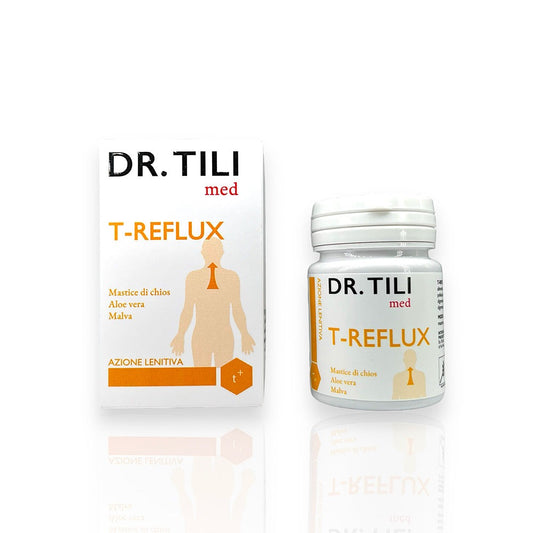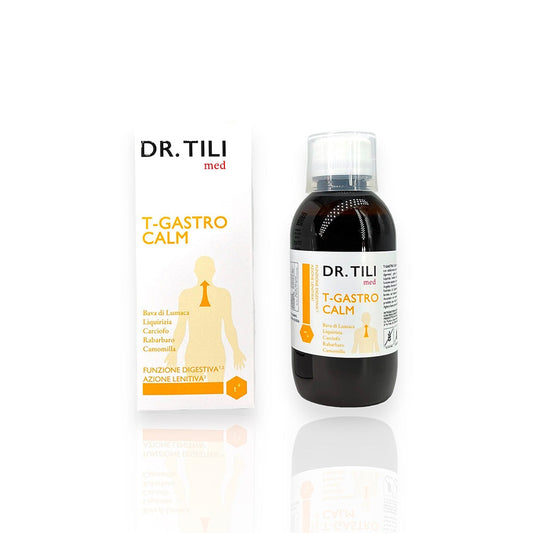Dottortili
Macular Active 20 Tabletten
Macular Active 20 Tabletten
Abholung bei Farmacia Tili verfügbar
Gewöhnlich fertig in 24 Stunden
NETTOGEWICHT DES PRODUKTS
NETTOGEWICHT DES PRODUKTS
EAN
EAN
8033661806355
MINSAN
MINSAN
938796733
Macular Active ist ein Nahrungsergänzungsmittel aus Vitamin E, Lutein und Mineralien mit Ginkgo biloba. Es wird empfohlen bei erhöhtem Bedarf an Lutein, Zink, Kupfer, Selen, Vitamin E und Flavonoiden, um die wichtigsten biochemischen Prozesse im Zusammenhang mit der korrekten Funktion der Netzhaut und der Makula zu verbessern.
Lutein hat eine doppelte Wirkung:
- Fotoschutz gegen Blaulicht,
- Neutralisierung von freien Radikalen und reaktiven Sauerstoffspezien
Der Körper kann Lutein nicht synthetisieren und muss es daher mit der Nahrung aufnehmen. Im Auge lagert es sich hauptsächlich im zentralen Teil der Netzhaut (Makula) und in der Linse ab, wo es teilweise in Zeaxanthin umgewandelt wird.
Ginkgo-Biloba-Extrakt und seine Substanzen helfen, die Durchblutung auf Netzhautebene und die Durchblutungsgeschwindigkeit zu verbessern, was eine bessere Konzentration von Lutein, Vitaminen und Spurenelementen auf der Ebene des Netzhautgewebes ermöglicht, insbesondere bei Stoffwechsel- und Gefäßstörungen. Der Ginkgo-Biloba-Extrakt mit Scavenger-Effekt hilft, Endothelschäden auf Kapillarebene und neuronale Schäden auf Photorezeptorebene durch freie Radikale zu verhindern. Es hilft auch, den Blutfluss zu verbessern, indem es den Gefäßtonus moduliert, hilft, die Plasmaviskosität zu reduzieren und die Verformbarkeit der Erythrozyten für einen hämorheologischen Effekt zu erhöhen.
Zink, Kupfer und Selen wirken metabolisch und helfen, die enzymatischen Komplexe zu aktivieren, auf denen das körpereigene Schutzsystem gegen oxidativen Stress basiert.
Vitamin E ist ein fettlösliches Antioxidans, das hilft, die Photorezeptoren der Netzhaut vor Lipoperoxidation zu schützen.
ANWENDUNG
1 Tablette pro Tag
INHALTSSTOFFE
|
für 1 Tablette |
|
|
Lutein |
10mg |
|
Ginkgo Biloba |
130mg |
|
Zink |
15mg |
|
Kupfer |
1,1 mg |
|
Selen |
55 µg |
|
Vitamin E |
30mg |
WARNHINWEISE
Überschreiten Sie nicht die empfohlene Tagesdosis.
Außerhalb der Reichweite von Kindern unter drei Jahren aufbewahren.
Die Nahrungsergänzungsmittel sind nicht als Ersatz für eine abwechslungsreiche Ernährung gedacht.
Für schwangere oder stillende Frauen und Kinder wird empfohlen vor der Einnahme ärztlichen Rat einzuholen.
Ginkgo biloba hat eine synergistische Aktivität mit einigen gerinnungshemmenden oder Thrombozytenaggregationshemmern. Falls Sie diese Medikamente einnehmen, ist es ratsam, vor der Einnahme des Produkts Ihren Arzt zu konsultieren.
LITERATURVERZEICHNIS
- Brian Chua, BSc, MBBS, MPH; Victoria Flood, MPH, PhD; Elena Rochtchina, MApplStat, Dietary Fatty Acids and the 5-Year Incidence of Age-Related Maculopathy, Arch Ophthalmol 2006, 124 981-986.
- William G. Hodge et all, Efficacy of w-3 Fatty Acids in Preventing Age-Related Macular Degeneration. A Systematic Review. Ophthalmology 2006; 113(7): 1165-1173.
- SanGiovanni JP, Chew EYThe role of omega-3 long-chain polyunsaturated fatty acids in health and Preventing Age-Related Macular Degeneration. A Systematic Review. Ophthalmology 2006; 113(7): 1165-1173.
- Ricardo Uauy, Patricia Mena and Cecilia Rojas. Essential fatty acids in early life: structural and functional role. Proceedings of the Nutrition Society 2000; 59, 3–15.
- Anderson RE, Maude MB, McClellan M, Matthes MT, Yasumura D, LaVail MM Low docosahexaenoic acid levels in rod outer segments of rats with P23H and S334ter rhodopsin mutations. Mol Vis. 2002 Sep 23;8:351-8.
- Alessandri JM, Goustard B, Guesnet P, Durand G, Docosahexaenoic acid concentrations in retinal phospholipids of piglets fed an infant formula enriched with long-chain polyunsaturated fatty acids: effects of egg phospholipids and fish oils with different ratios of eicosapentaenoic acid to docosahexaenoic acid. Am J Clin Nutr 1998: 67: 377-385.
- Wang N, Anderson RE Synthesis of docosahexaenoic acid by retina and retinal pigment epithelium. Biochemistry. 1993 Dec 14;32(49):13703-9.
- Wang N, Anderson RE. Transport of 22:6n-3 in the plasma and uptake into retinal pigment epithelium and retina. Exp Eye Res. 1993 Aug; 57(2):225-33.
- Johnson EJ, Schaefer EJ. Potential role of dietary n-3 fatty acids in the prevention of dementia and macular degeneration. Am J Clin Nutr. 2006 Jun;83(6 Suppl): 1494S-1498S. Review.
- Chong EW, Sinclair AJ, Guymer RH. Facts on fats. Clin Experiment Ophthalmol. 2006 Jul; 34(5): 464-71. Review.
- Cho E et all, Prospective study of dietary fat and the risk of age-related macular degeneration. Am J Clin Nutr 2001; 73: 209-218.
- ARVO 2006 Leung IY et all, Nutritional effects of n-3 fatty acids, lutein and zeaxanthin on the lipofuscin accumulation in the foveal retinal pigment epithelium of rhesus monkeys.
- Ivan Y.-F. Leung, Marita M. Sandstrom, Charles L. Zucker, Martha Neuringer and D. Max Snodderly, Nutritional Manipulation of Primate Retinas, II: Effects of Age, n–3 Fatty Acids, Lutein, and Zeaxanthin on Retinal Pigment Epithelium. IOVS 2004;45(9) 3244-56.







